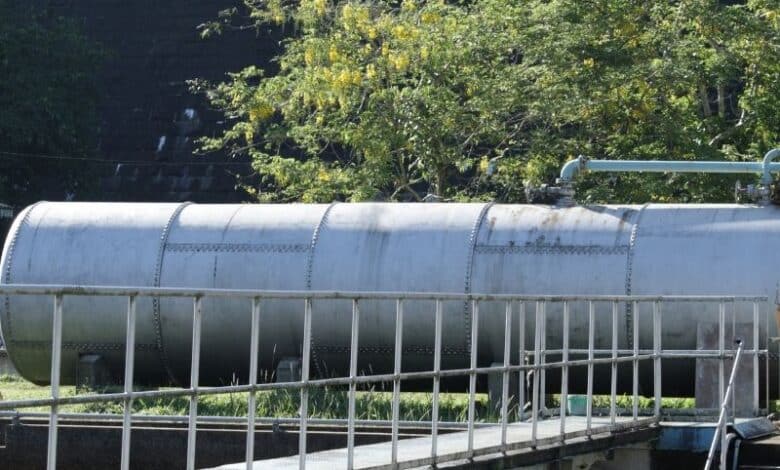
The Sequencing Batch Reactor (SBR) is a versatile and efficient method for treating wastewater. It operates in a fill-and-draw mode, which differentiates it from continuous flow systems. SBR systems are designed to handle variations in wastewater flow and composition, making them suitable for a wide range of applications, from municipal to industrial wastewater treatment.
In an SBR system, wastewater treatment occurs in a single reactor, which goes through a series of stages: fill, react, settle, decant, and idle. During the fill stage, wastewater enters the reactor. In the react stage, aeration and mixing occur, promoting biological degradation of contaminants. This is where the Sequence batch reactor aeration plays a crucial role, as it provides the oxygen necessary for aerobic bacteria to break down organic matter. After sufficient aeration, the system enters the settle stage, where solids separate from the treated water by gravity. The clear supernatant is then removed during the decant stage, and the reactor is left idle until the next cycle begins.
One of the main advantages of the Wastewater SBR sequencing batch reactor is its flexibility. The operational parameters, such as aeration time and settling time, can be adjusted to optimize treatment performance based on the specific characteristics of the influent wastewater. This adaptability makes SBRs particularly effective for small to medium-sized wastewater treatment plants where flow and load variations are common.
Moreover, SBRs are known for their ability to achieve high removal efficiencies for biochemical oxygen demand (BOD), total suspended solids (TSS), and nutrients like nitrogen and phosphorus. This makes them an excellent choice for facilities facing stringent discharge requirements. The compact design of SBR systems also offers space-saving benefits, as the same tank is used for multiple treatment processes.
In conclusion, the Sequencing Batch Reactor technology provides a robust, flexible, and efficient solution for wastewater treatment. Its ability to adapt to varying conditions and achieve high treatment performance makes it a preferred choice for many wastewater management applications.
